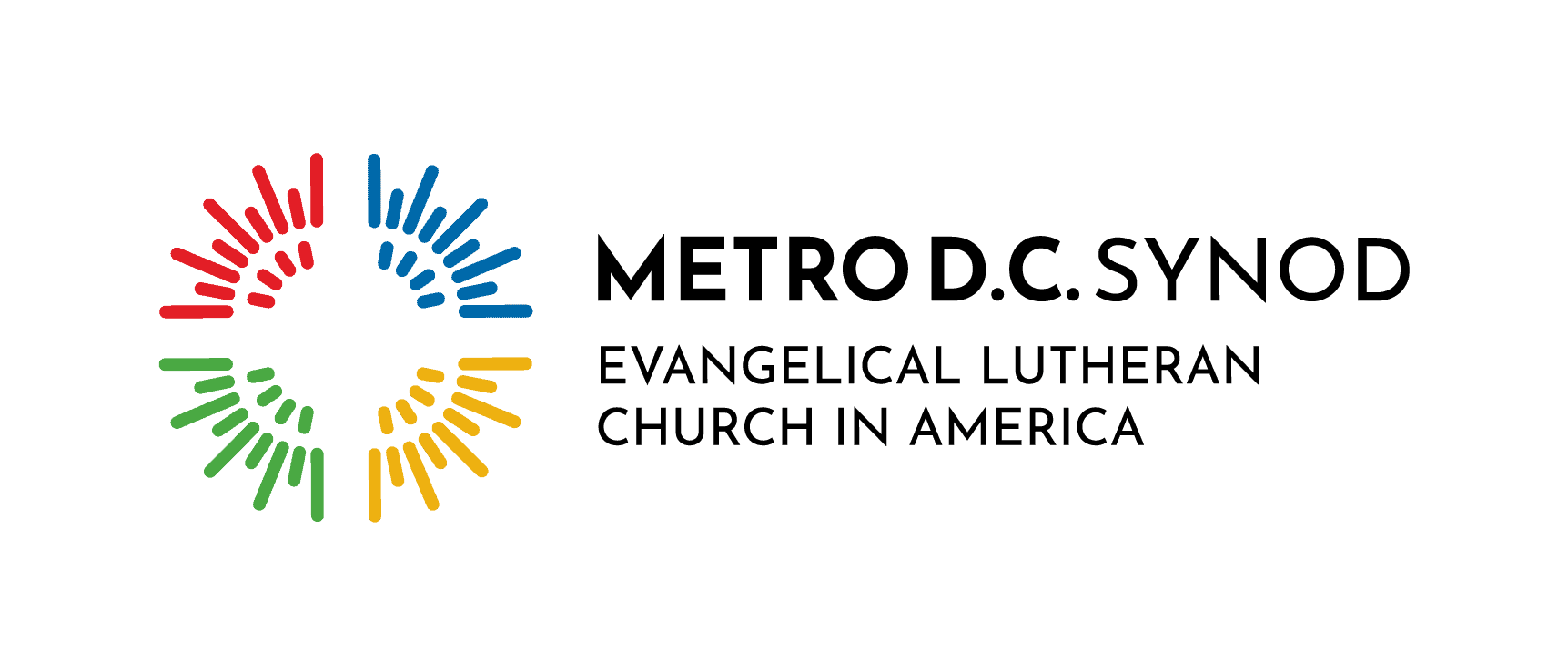Augsburg Confession presented

7 WEEKS BEFORE REFORMATION SUNDAY
During the late 1520s, Martin Luther worked tirelessly to establish a firm basis for the Reformation. He focused more than ever on preaching and writing.
In 1530, however, after taking part in drafting a set of basic reform principles at Torgau, Luther was unable to attend the critical meeting to present them to Charles V at Augsburg, because he was still considered by the Pope and church authorities as a heretic and an “outlaw.” Nevertheless, fellow reformer Philipp Melancthon consulted closely with him on the presentation of the document that came to be known as the Augsburg Confession.
First made public at the Diet of Augsburg on June 25, this document emerged as the primary statement of Lutheran beliefs. In its 28 articles, the Confession affirmed a triune God and stressed justification by faith. The document also declared a break with the Pope, called for major church organizational changes, and allowed marriage for priests.
The Confession of Augsburg advanced the Lutheran cause by providing a clear set of doctrinal positions to help guide those who sought a revitalized Christian faith. While not present at its unveiling, Martin Luther was there as the heart and soul of the Confession.
- Bulletin insert – Week 7: Augsburg Confession presented (pdf file)
- Social media distribution: Wednesday, September 6, 2017


